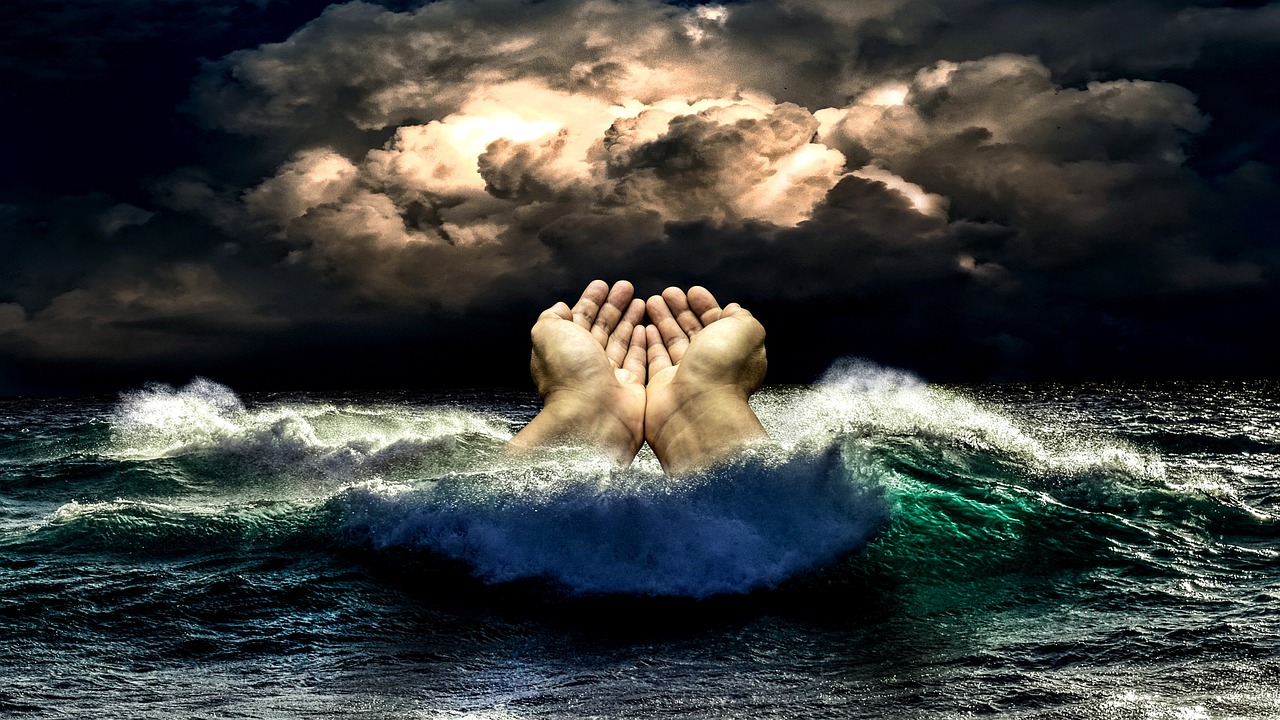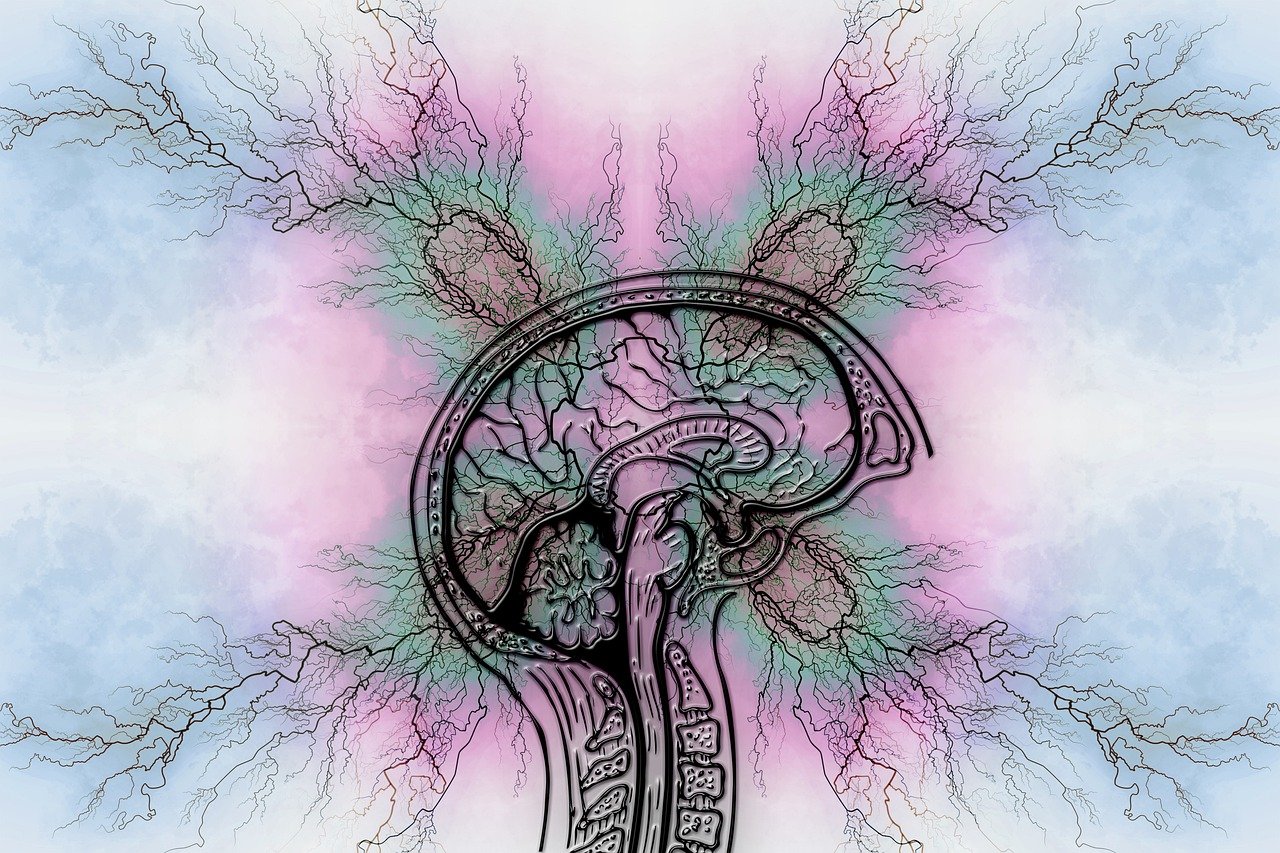Table of Contents
![]()
Introduction
Natural disasters have profoundly shaped human history, altering landscapes, displacing populations, and redefining civilizations. Understanding these events not only provides insight into their causes and effects but also emphasizes the importance of preparedness and resilience. This article will explore various types of natural disasters, notable historical events, their impacts, and lessons learned for the future.
Types of Natural Disasters
Natural disasters can be classified into several categories based on their origin and impact:
Earthquakes
Earthquakes occur due to the sudden release of energy in the Earth’s crust, resulting in seismic waves. They can cause widespread devastation, as seen in notable events like the San Francisco Earthquake of 1906. The Richter scale measures their magnitude, while the Mercalli scale assesses the intensity of shaking and damage.
Hurricanes and Typhoons
These powerful storms form over warm ocean waters and can unleash devastating winds and rain. The historical impact of hurricanes, such as Hurricane Katrina in 2005, illustrates their potential to disrupt communities and economies.
Floods
Floods can occur from heavy rainfall, storm surges, or dam failures, resulting in significant damage. Historical examples like the Johnstown Flood of 1889 highlight the destructive capacity of water, often exacerbated by human activities like deforestation and urbanization.
Wildfires
Wildfires, fueled by dry conditions and strong winds, can spread rapidly, devastating large areas. The ecological impact of wildfires can be profound, affecting biodiversity and air quality, as seen in the California wildfires of recent years.
Volcanic Eruptions
Volcanic eruptions can release ash, lava, and gases, leading to significant destruction. The eruption of Mount Vesuvius in 79 AD is one of history’s most famous events, burying the Roman cities of Pompeii and Herculaneum.
Tsunamis
Caused primarily by underwater earthquakes, tsunamis can travel across oceans at high speeds, inundating coastal areas with little warning. The Indian Ocean Tsunami of 2004 is a stark reminder of their potential for widespread loss of life and property.
Historical Overview of Major Natural Disasters
Ancient Disasters
Some of the earliest recorded natural disasters include the eruption of Mount Vesuvius in 79 AD, which preserved the city of Pompeii under volcanic ash, providing a unique archaeological insight into Roman life.
Medieval to Early Modern Period
During the medieval period, climate events contributed to significant societal changes, such as the Great Plague, which decimated populations. The Lisbon Earthquake of 1755, followed by a tsunami and fire, prompted philosophical and theological debates about the nature of disasters.
19th Century
The Johnstown Flood in 1889 resulted from a dam failure, leading to over 2,200 deaths. The San Francisco Earthquake of 1906 caused extensive damage and highlighted the need for improved urban planning and building codes.
20th Century
The Great Kanto Earthquake in 1923 devastated Tokyo and Yokohama, resulting in a death toll exceeding 100,000. The Tangshan Earthquake of 1976 in China also had catastrophic consequences, with official estimates of over 240,000 deaths. Hurricane Katrina in 2005 exposed vulnerabilities in disaster preparedness and response systems.
21st Century
The Indian Ocean Tsunami in 2004 killed approximately 230,000 people across multiple countries and prompted international humanitarian responses. Hurricane Sandy in 2012 demonstrated the increasing challenges posed by climate change and infrastructure vulnerabilities.
Impacts of Natural Disasters
Human Impact
Natural disasters lead to significant loss of life and can displace millions. Survivors often face long-term psychological effects, including post-traumatic stress disorder (PTSD).
Economic Impact
The economic consequences of natural disasters can be staggering, with damages often running into billions of dollars. Infrastructure destruction requires extensive recovery efforts and can impede economic growth for years.
Environmental Impact
Natural disasters can lead to significant environmental degradation. Floods and wildfires can destroy ecosystems, while volcanic eruptions can alter landscapes and climate patterns.
Response and Recovery
Emergency Preparedness
Advancements in technology, including satellite monitoring and predictive models, have improved disaster preparedness. Community education and regular drills are essential for ensuring that populations are ready to respond effectively.
Government Response
National and local governments play a crucial role in disaster response. Agencies like FEMA (Federal Emergency Management Agency) in the U.S. coordinate relief efforts, while international organizations provide assistance in regions affected by severe disasters.
Long-Term Recovery
Recovery from disasters often takes years. Rebuilding infrastructure, providing mental health support, and implementing community resilience strategies are vital for restoring affected areas.
Lessons Learned and Future Outlook
Advances in Technology and Prediction
Technological advancements have greatly improved disaster management capabilities. Real-time data collection and analysis can enhance prediction accuracy, enabling timely evacuations and resource allocation.
Climate Change and Natural Disasters
The relationship between climate change and the increasing frequency of natural disasters is a growing concern. Rising sea levels and more intense storms necessitate adaptation strategies to mitigate risks.
Importance of Sustainable Practices
Sustainable urban planning and environmental conservation can reduce the impacts of natural disasters. Community-based resilience strategies foster preparedness and recovery efforts, ensuring that populations can adapt to future challenges.
Conclusion
Understanding the history of major natural disasters is crucial for building resilience in the face of future events. By examining past occurrences, their impacts, and responses, we can better prepare for the inevitable challenges that lie ahead. As our world continues to change, fostering a culture of preparedness and sustainability will be key to minimizing the effects of natural disasters on human life and the environment.
Share This





Be the first to comment